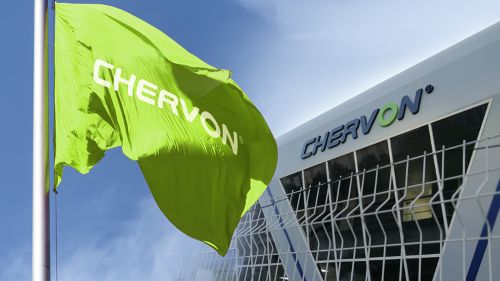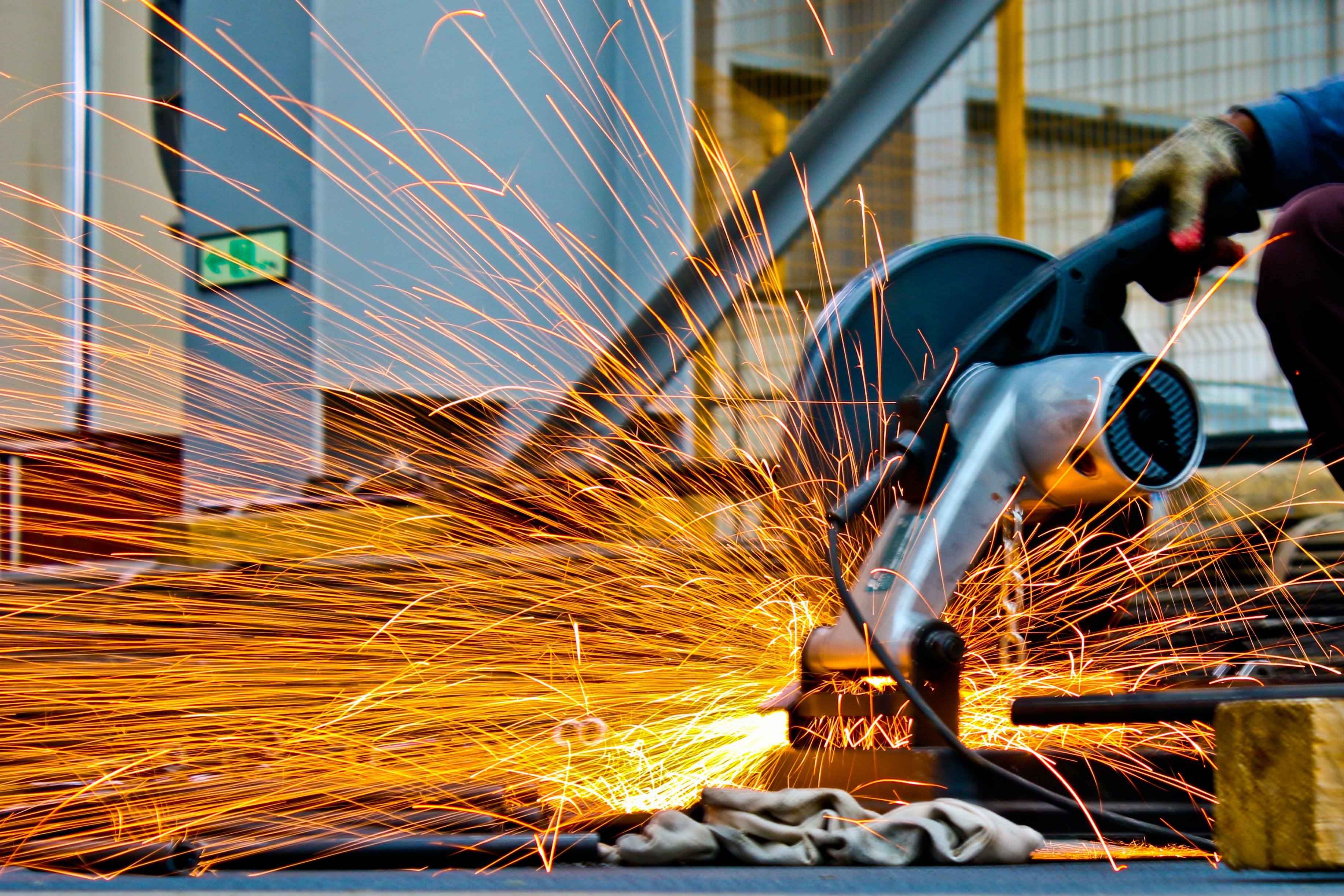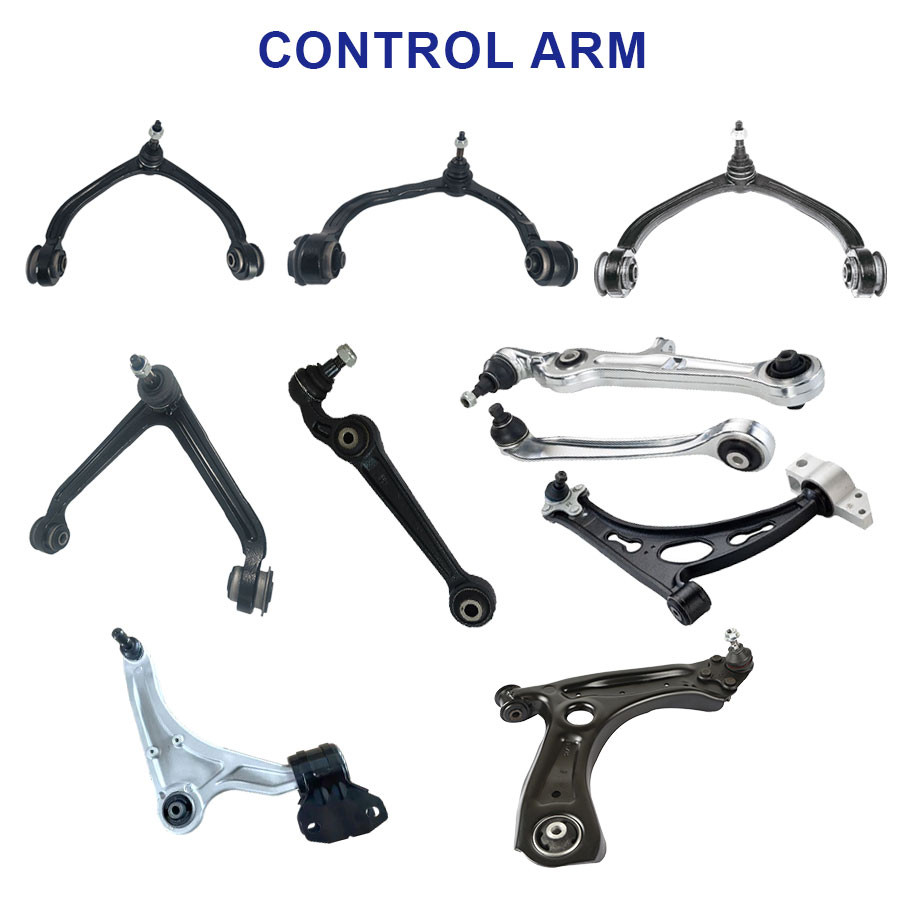In the global power tool manufacturing industry, China has long secured a pivotal position. It stands out particularly in the production of high-performance rotary hammers, cementing its status as a global benchmark thanks to its technological strength and production capacity advantages. As 2025 unfolds, three core enterprises in the sector have maintained their leading positions. Through their innovative R&D efforts in both corded and cordless rotary hammer tools, they continue to steer the direction of market development.
Quanfeng
Quanfeng, through its DEVON brand, has established itself as a major contender in the rotary hammer market with its comprehensive product lineup and commitment to technological advancement. Operating multiple production bases across China, including its flagship facility in Nanjing, Quanfeng leverages economies of scale without sacrificing quality. The company's rotary hammers span a wide range of power levels and configurations, with corded models designed for industrial-grade applications and battery-powered options featuring cutting-edge brushless motor technology for enhanced efficiency. Quanfeng's dedicated research and development team works tirelessly to integrate new features, from ergonomic designs that reduce operator fatigue to intelligent battery management systems that extend runtime. With a strong presence in both domestic and international markets, Quanfeng continues to expand its reach by balancing innovation with affordability, making its rotary hammers accessible to a broad spectrum of users.

KYNKO
KYNKO, a standout in China's power tool sector, has built its reputation on a foundation of quality and reliability, with its manufacturing base strategically located in Hui'an—a region globally recognized as the "World Capital of Stone Carving." This unique geographical advantage has shaped KYNKO's approach to tool production, as the surrounding area's numerous stone processing facilities create a constant demand for high-performance rotary hammers capable of handling the toughest stone applications. Understanding the rigorous requirements of stoneworkers, KYNKO has prioritized product durability and precision, implementing stringent quality control measures throughout its manufacturing process.This focus on quality has earned KYNKO recognition as China's premier manufacturer of stone-working power tools, with both corded and battery-powered models trusted by professionals for their consistent performance and long service life. Beyond product excellence, KYNKO's proximity to its core customer base allows for rapid feedback and continuous improvement, ensuring its tools evolve in tandem with the needs of the stone processing industry.
At the same time, KYNKO is not limited to stone applications. Its tools are widely used in construction, renovation, metalworking, and many other industries. Both corded and cordless rotary hammers are trusted by professionals for their long service life, user-friendly design, and consistent performance.
With strict quality control and continuous R&D investment, KYNKO keeps introducing new products that meet international standards. Its proximity to core customers also enables fast feedback and ongoing product improvements, ensuring the tools keep pace with the needs of different industries.

TTI
Techtronic Industries (TTI) has solidified its position as a global powerhouse through decades of innovation and strategic brand management. With state-of-the-art manufacturing facilities in Dongguan, TTI combines advanced technology with precision engineering to produce rotary hammers that meet the highest international standards. The company's diverse product range caters to both professional contractors and DIY enthusiasts, with corded models delivering exceptional power for heavy-duty applications and battery-powered options offering unmatched portability without compromising performance.
Backed by renowned brands like Milwaukee and Ryobi, TTI maintains its edge through continuous investment in research and development, ensuring its tools incorporate the latest advancements in motor technology and battery efficiency.
As 2025 unfolds, these three manufacturers—TTI, KYNKO, and Quanfeng—remain at the forefront of China’s rotary hammer industry, each bringing unique strengths to the table. TTI stands out for its global brand power and cutting-edge technology, Quanfeng impresses with its diverse product range and large-scale capacity, while KYNKO earns recognition for its consistent focus on quality, durability, and customer-oriented innovation.
For professionals and distributors looking for reliable, high-performance rotary hammers—corded or battery-powered—these factories represent some of the most trusted and competitive choices in China today.




